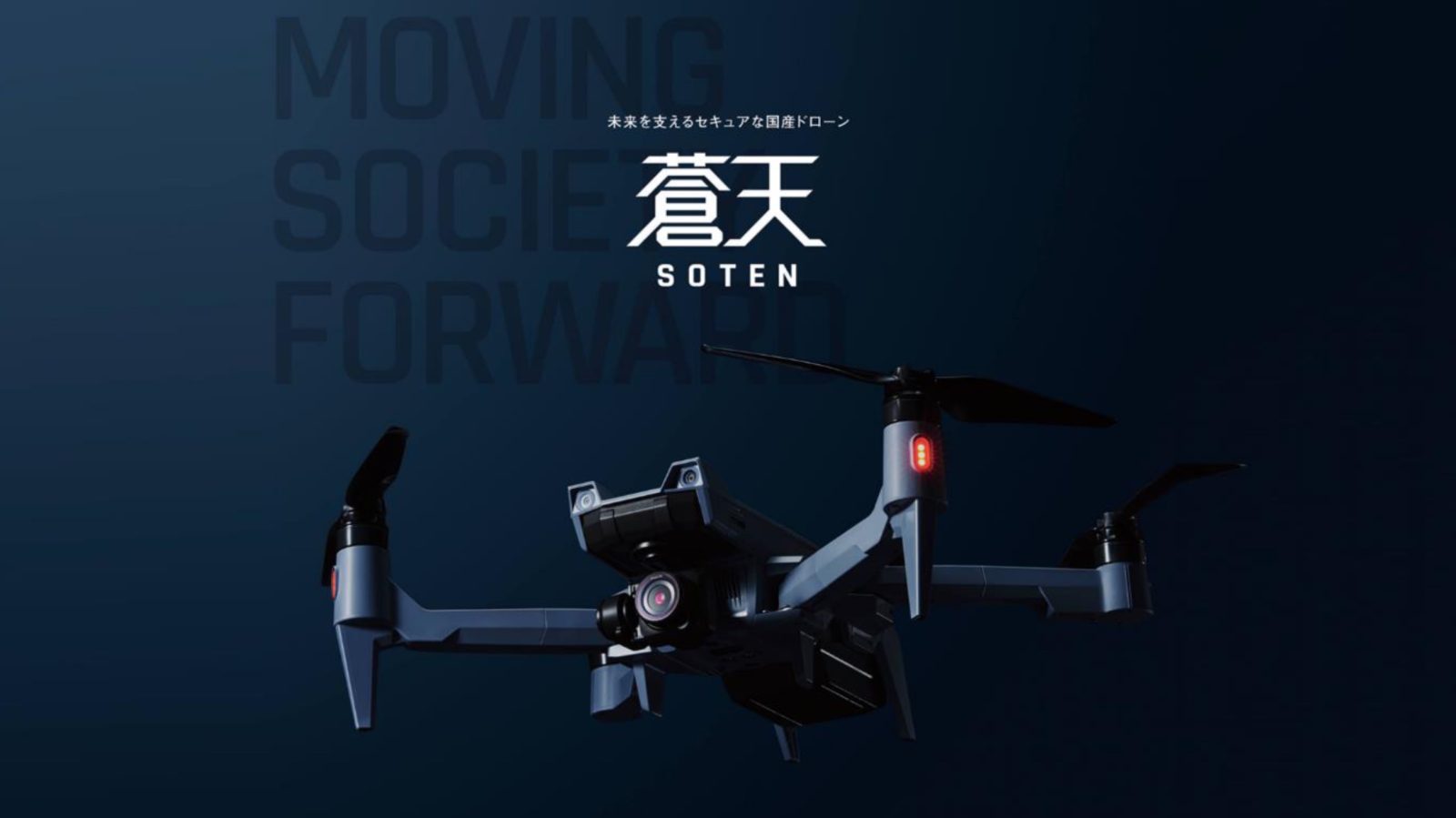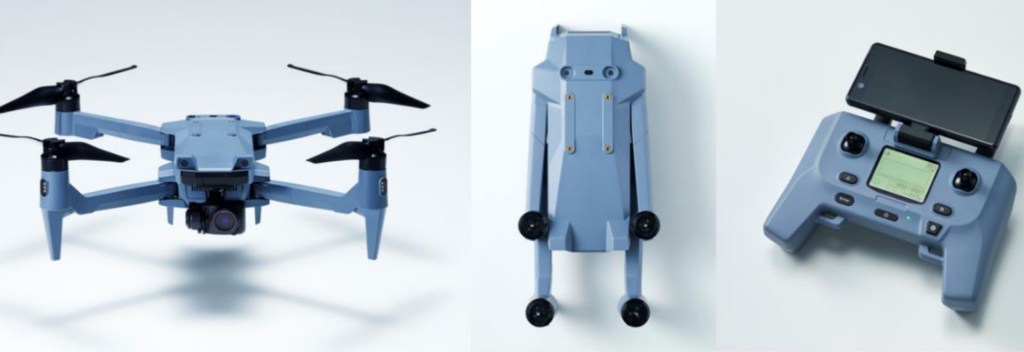
Taking inspiration from recent moves by US government agencies to blacklist Chinese tech companies – including global drone giant DJI – over potential security concerns, Japan has discreetly nurtured development of a home-grown alternative to UAVs from China that dominate its market – a top-down version of America’s Blue sUAS.
The fruit of increasing worries in the country over drone-leaked data security, partners from Japan’s public and private sectors worked together to create the Soten drone, which since its release last month offers a domestically produced alternative to Chinese UAVs. Manufactured by the Autonomous Control Systems Laboratory (ACSL), the craft is described in Japanese news accounts as the result of the government’s desire to eliminate its exposure to spying by aerial tech imported from China by producing new, local options.
Those reports say Japanese government agencies, along with private companies NTT Docomo Inc. and Yamaha Motor Co. also participated in producing the Soten drone. As such, the initiative represents an on-demand twist to the US-made Blue sUAS list of products – vehicles made by private competitors, but which have been judged secure for government use.
The unveiling of the Soten drone in mid-December was as discreet and gradual as Japan’s moves to safeguard its data from potential piracy by China.
Those worries date back to the previous government of prime minister Shinzo Abe, and resulted in the decision last autumn to ban the country’s Coast Guard from using DJI drones. Other state agencies are following suit, with a general ban on Chinese drones by public services on the way. Awaiting that, the government rolled out the Safe and Secure Drone Basic Technology Development project to produce domestic, presumably secure UAVs. The Soten is the first result of that effort.

Much like their peers around the world, Japanese state agencies use drones for a variety of sensitive purposes, including the surveying and mapping of government land and buildings, damage assessment after natural disasters, and various security applications. But as suspicions about possible data leakage from Chinese tech has risen in the US, so, too, have concerns in Japan – and not just in political circles.
“Major electricity and gas companies have approached us, saying they want to switch to domestically made drones for inspections and other uses,” ACSL president Satoshi Washiya told the ANI news agency.
The Soten is clearly designed for state use, or enterprise missions involving very sensitive data. Indeed, unlike Sony’s Airpeak UAV – and virtually all the vehicles on the Blue sUAS list that can be bought by private users – ACSL says its thus far unpriced drone is “targeted for government procurement,” and to be sold in the thousands of units per year.
So what are the features of the Soten (which means “sky in spring”)? It weighs 1.7 kilograms, is 64 centimeters long, and has a maximum flight time of 29 minutes. The drone as a number of camera and censor configurations, and can withstand winds of 8 meters/second. More critically, it would seem, the data it collects is immediately encrypted and stored on servers in Japan, while Chinese UAVs reportedly backup their information on systems in China.
Given its genesis and backing, what could possibly go wrong for the Soten? Perhaps the same thing that followed US bans on DJI drones in favor of Blue sUAS craft: employees at government agencies complaining the blacklisted craft worked much better for lower prices, while consumers continue flocking to preferred Chinese UAVs no matter what the politicians say.
FTC: We use income earning auto affiliate links. More.





Comments